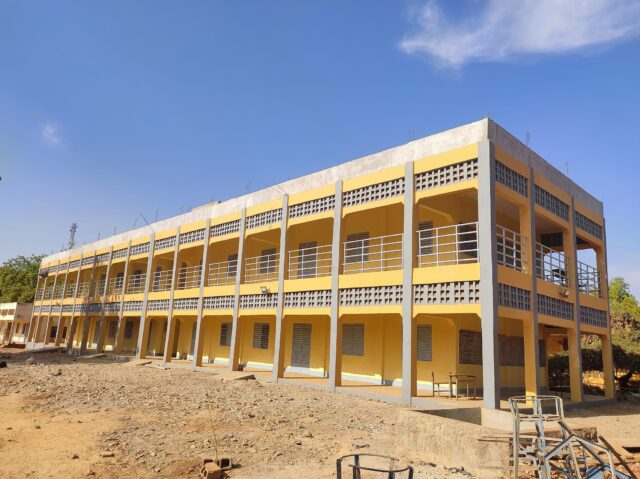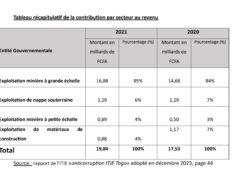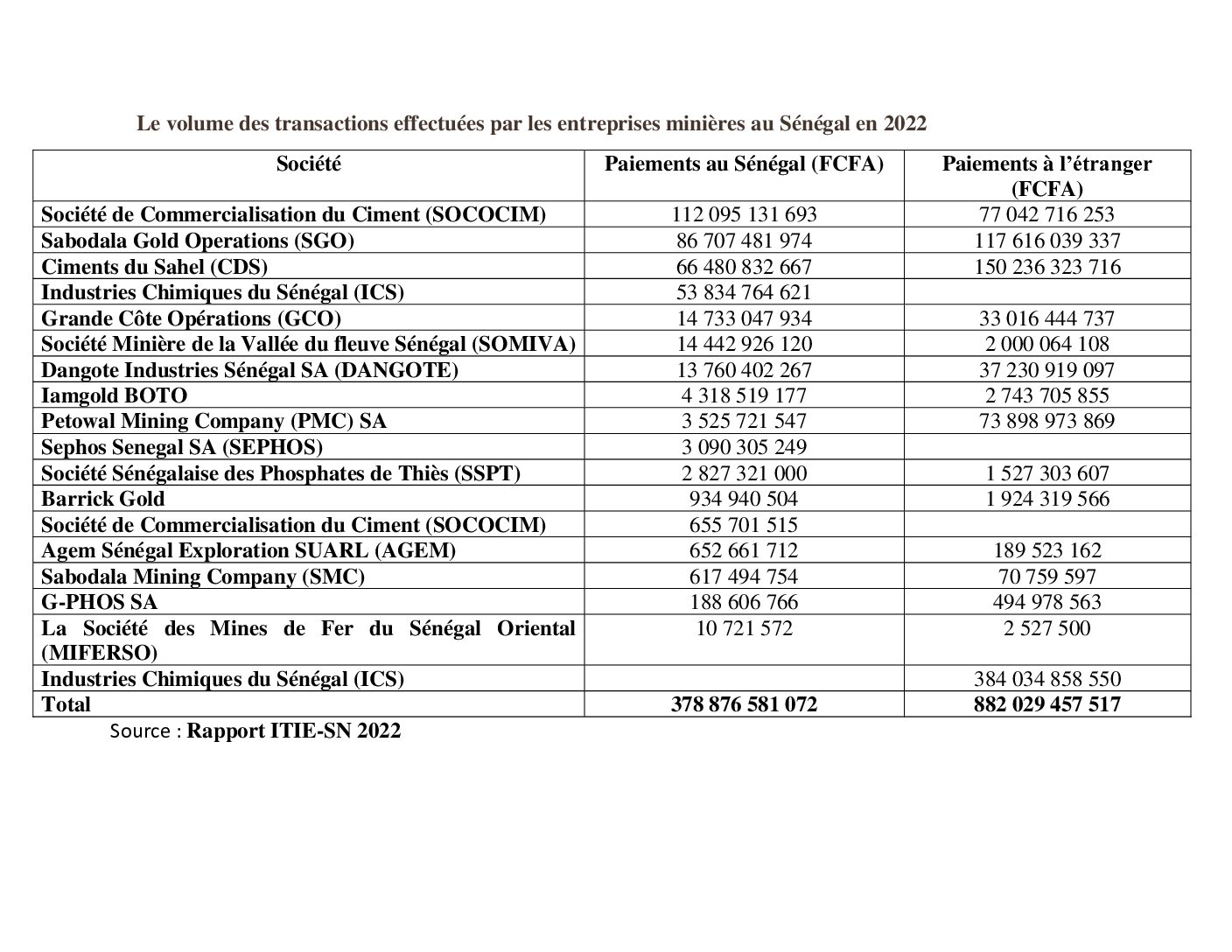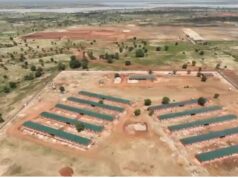With the aim of strengthening the contribution of mining to local development and guaranteeing peaceful and sustainable mining, the government of Burkina Faso created a fund in the 2015 mining code called the “Local development mining fund” intended for local authorities. A Resource Utilisation Guide has been drawn up by the Ministry of Mines to facilitate the use of the fund’s resources.
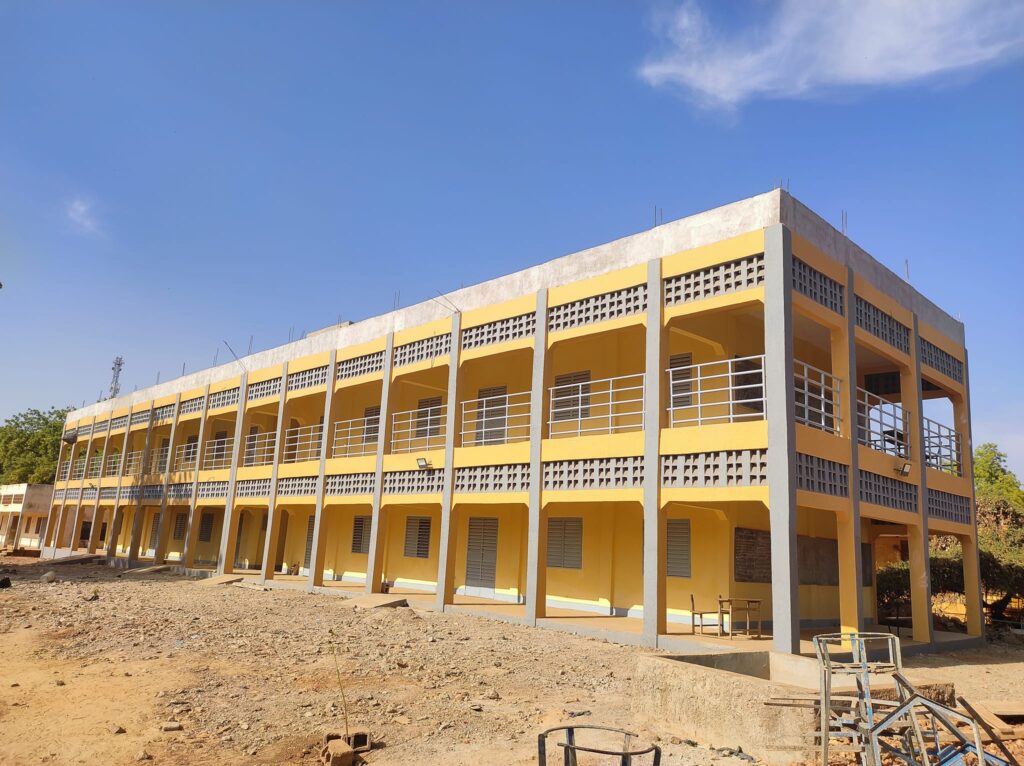
One of the innovations introduced by Low no. 036-2015/CNT of 26 June on the Mining Code of Burkina Faso is the creation of the Local Development Mining Fund (LDMF).
The aim of the fund is to ensure the sustainable local development of local authorities from the resources generated by mining activity, by financing key socio-economic projects. In this context, the regions and communes, both in mining areas and elsewhere in Burkina Faso, receive resources from this fund every year.
This guide is a reference tool, the aim of which is to provide the various players involved in the process of managing LDMF resources with clear guidelines on their use and a consistent view of the regulatory provisions governing this fund.
It will also enable them to harmonise practices and provide guidance in the selection of projects eligible for the LDMF.
By 31 December 2022, the LDMF has raised one hundred and sixty-nine billion four hundred and thirty-eight million eight hundred and twenty thousand nine hundred and thirty-nine (169.438 billion) FCFA since 2017. This has given a slight boost to the sustainable socio-economic development of the country’s local authorities.
Although the LDMF is a source of hope for local people, they are not short of expectations in terms of improvements.
In addition, the use of LDMF resources by local and regional authorities has revealed major difficulties in fully meeting the expectations of local people.
Added to this are the difficulties encountered in producing periodic reports on the use of LDMF resources by the beneficiaries, i.e. the regions and communes.
Bodies monitoring the management of the LDMF have not yet been set up.
It was with the aim of overcoming these difficulties and enabling the LDMF to be a tool for sustainable local development that the guide to using the fund’s resources was drawn up.
The appropriation of the guide and its use by the various players will undoubtedly help to improve the governance of the LDMF through the harmonisation of practices in the use of the LDMF, an increase in the rate of absorption of resources and compliance with the principle of accountability by local authorities.
The guide to using LDMF resources is divided into four parts: general information; LDMF management procedures; roles of the players; outline for reporting on the use of the LDMF.
BANDE Moniratou



